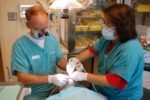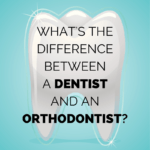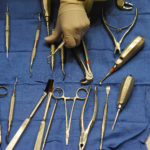Table of Contents
Your essential daily Dental Office Cleaning Checklist
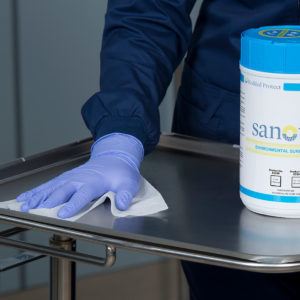
Every dental practitioner knows keeping your dental office clean is a necessary part of owning a practice. Within the medical industry, decontamination of tools and surfaces is crucial in ensuring everyone remains safe from risk of infection, whether they are patients or staff. Patients especially seek reassurance from the sight of sparkling floors and surfaces, the crisp smell of fresh cleaning products and the feel of comfortable waiting room upholstery and dentistry chairs.
Ensuring your dental office is clean is important for two reasons. Firstly, from a health and safety perspective, without a thoroughly disinfected clinic, you’ll be spreading the billions of germs that are transmitted from each patient during a routine check-up. Secondly, if your clinic is untidy and unclean, its likely your patients will pick up on this. With hygiene being so important, especially in this day and age, its unlikely that any patient would want to return to your clinic if they perceive it be even the slightest bit unclean.
But what are the best ways to professionally clean your dental office? We’ve compiled an industry standard chores list to use as your practice’s go-to dental office cleaning template.
Clean Clinical Contact Surfaces
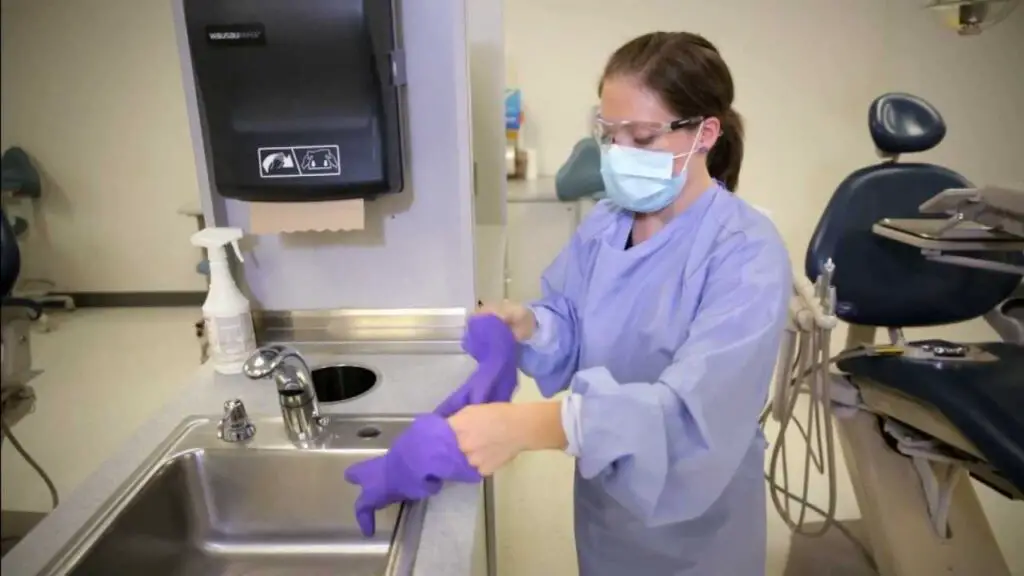
High touch areas are the first step in any disinfection protocol and the first to be noticed by patients. These surfaces must be thoroughly wiped down and cleaned of any debris with an FGDP registered disinfectant. Whilst high traffic areas such as dental chairs and seats may be at the top of your mind, consider all the other areas where germs can be spread throughout your dental clinic. For example, have your staff been using gloves all the time? They may still pass germs, even if they simply open a door or a cupboard. Simply put, every single surface and touch point should be thoroughly cleaned to minimise the spread of germs throughout the dental clinic.
Clinical contact surfaces include:
- Patient chairs, arm rests and headrests cleaned and disinfected
- X Ray equipment wiped clean, disinfected and checked for wear
- Cabinet and drawer handles cleaned and disinfected
- Door knobs and handles cleaned and disinfected
- Faucets and sinks scrubbed and sanitised
- Instrument trays replaced and sanitised
Decontaminate instruments with a washer-disinfector
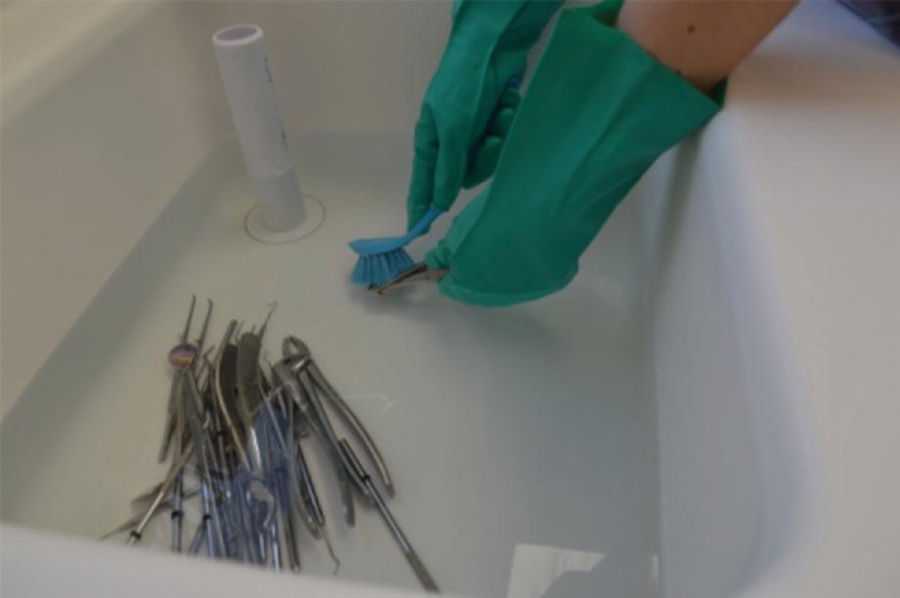
A washer disinfector is the equivalent of a dental, medical-grade dishwasher. Using an automated, five stage cycle of flushing, washing, rinsing, thermal disinfecting and then drying, both solid and fluid debris contamination are thoroughly removed, protein coagulation prevented through correct, controlled temperature management, and the medical instruments thoroughly cleaned, disinfected and sterilised ready for re-use.
Dekomed, one of the UK’s leading suppliers of washer disinfectors, recommend dental washer disinfectors should undergo regular maintenance to keep them working at their optimal standard. Not only does using a washer disinfector mean that your reusable dental equipment is thoroughly disinfected at high temperatures, but it also saves time. The manual process of cleaning dental equipment is labour intensive, and also takes up vital office space that many dentists simply can’t afford to use. With a compact washer disinfector, you’re able to minimise labour time cleaning equipment, whilst you’re also safe in the knowledge that no human error can lead to the mis-cleaning of any equipment:
Daily by user or operator:
- Remove and clean strainers and filters
- Cleaning efficacy – visually examine all of load items.
Weekly by user or operator:
- Protein residue test
- Safety checks – i.e. Check condition of door seals
Quarterly by user or operator:
- Safety checks: Check condition of doors and interlocks
- Automatic control test
- Cleaning efficacy test
- Chemical dosing
- Thermometric disinfection test
This continually makes items safe for use on a patient (after any necessary additional processing such as a terminal sterilisation process) which removes the risk of erroneous diagnosis through non-industry recommended manual washing. Learn more about the ease of use washer disinfectors can bring to your dental practice.
Carpets and Floors
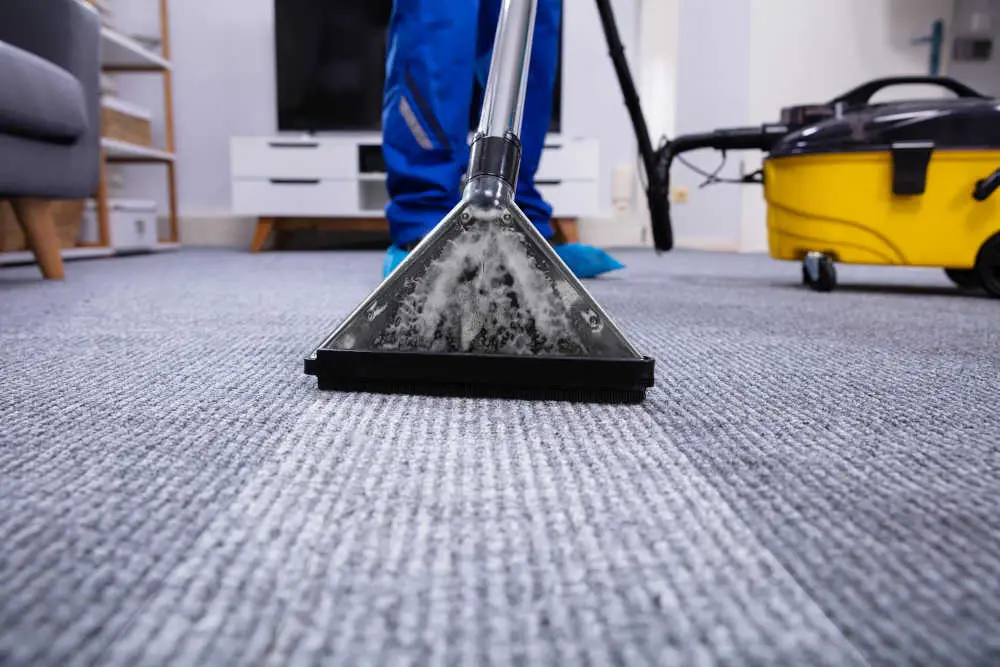
Don’t forget those floors and carpets! With such a high footfall, plus potential ‘debris’ from your work with a patient in the dental chair, its important not to forget the floors. Whilst vacuuming and mopping is a good technique to use on a daily basis, we recommend getting a professional floor cleaning company or equipment in for those deeper cleans.
Daily
- Vacuum and mop all hallway carpets
- Polish hardwood, ceramic and tile floors
Weekly
- Move all equipment to clean underneath
Monthly
- Deeper clean of all floors
Check the restroom is resplendent
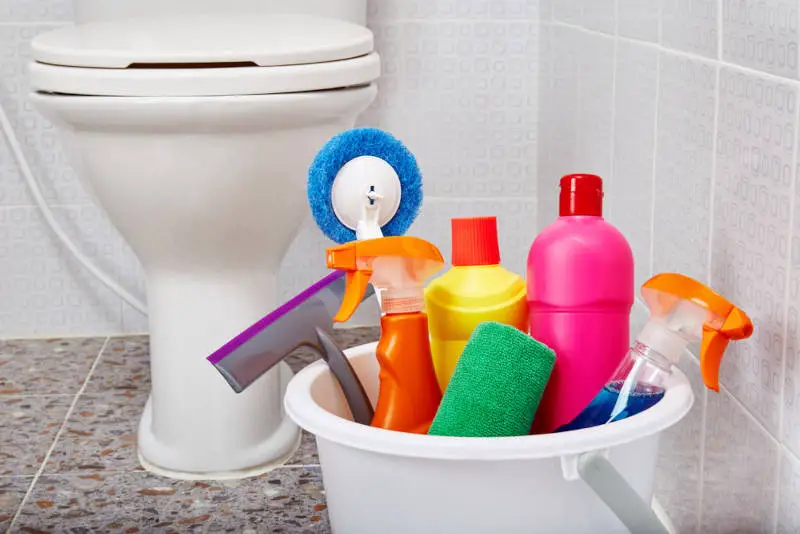
Restrooms are often referred to by their colloquial name, “The Throne Room”, so make sure yours – and its hallway – is fit for royalty. Staff and patients should expect nothing less than gleaming surfaces, plentiful disposable paper products, good quality antibacterial soap, and sparkling, sanitised sinks and toilet bowls. The toilets say a lot about an establishment, and if they’re not up to scratch in a medical practice, then you’ll likely put off any further custom.
On the exterior:
- Clean and disinfect door knobs and light switches
- Sweep and mop hallway floors with disposable, decontaminated mopheads soaked in a detergent solution or sweep and vacuum hallway carpets
On the interior:
- Sweep, mop and disinfect bathroom floors
- Disinfect door knobs and light switches
- Polish bathroom mirrors and windows
- Scrub and sanitise sinks, toilets and urinals
- Clean areas under sinks and behind toilets and check for leaks
Beautify the Back Office
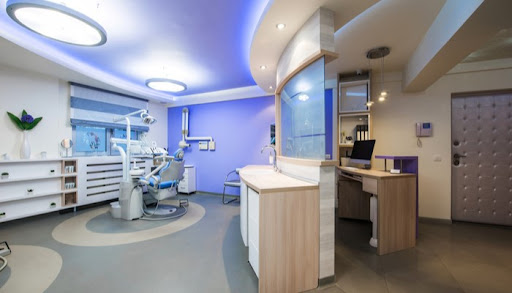
A study undertaken by the CDC Foundation revealed that a clean staff room environment can significantly lessen employee sick days. Your dentists and dental nurses deserve a hygienic, relaxing environment between patients to keep themselves focused and feeling their best for their future appointments. Ensuring a clean back-office can also protect your patients, as it minimises the risk of germs being passed from back-office to dental chair:
To keep those areas feeling comfortable:
- Polish windows and clean sills with a detergent solution
- Freshen blinds or drapes
- Dust cabinets, counters, desks, light fixtures and shelves
- Disinfect light switches, door handles and cabinet and fridge handles
- Clean and disinfect chairs, counters and tables
- Sanitise break room sinks
Finesse those first appearances
When selling your house, estate agents will often mention “kerb appeal”. Kerb appeal is the art of using a refined exterior to entice prospective buyers into the property to see more. But kerb appeal isn’t just limited to houses. Think of somewhere new you have visited recently – did the property’s exterior make you want to go inside?
An annual report collated by the United States Public Health service found that patients reacted more positively to medical visits when the building’s exterior appeared manicured and its structural integrity was in good, clean condition. So, adapt some of your own kerb appeal for prospective new patients, or just allay any potential nervousness of your existing clientele by ensuring to:
- Polish glass entryways and windows inside and out
- Clear debris from door tracks and entrances
- Sweep indoor and outdoor floor mats
- Freshen blinds and drapes, and clean sills with a gentle detergent solution
- Brush or clean outside sills free of cobwebs, debris, grime or weathering
- Sweep and buff floors, and vacuum or steam clean carpets
- Dust furniture, polish wood trims and freshen upholstery
- Dust ceiling fans, picture frames, overhead light fixtures and shelves.
Give a faultless experience at the Front Desk
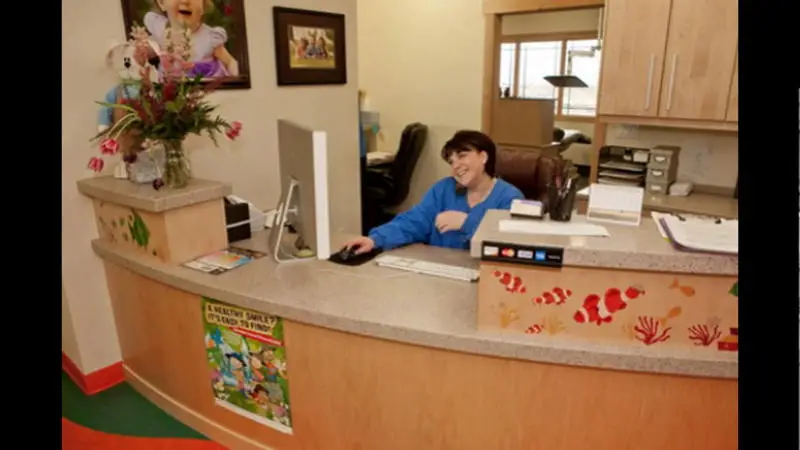
Last, but by no means least important is the front desk area. This is the first sanctum your patients will see after you’ve enticed them with your kerb appeal, and experience is everything: Interactions here can often leave a longer lasting impression than the treatment.
Keep your front desk area looking friendly, fresh and professional from the start of the day, to the end of the day by:
- Eradicate unnecessary clutter – too many haphazard post-it notes or piles of paperwork could look overwhelming, and risks compromising GDPR if client details are viewable
- Remove coats or sweaters from the backs of chairs
- Remove and dispose of any fast food or coffee shop drinks containers
- Dust any current protocols, awards, or other framed or laminated documentation in and around the front desk area
- Safely file away necessary paperwork
With germs being spread so easily, whether its through speech, using the dental equipment or even touching surfaces, ensuring the hygiene practices in your dental clinic are up to date and observed by all team members is of paramount importance. We recommend that you conduct a health and safety and hygiene induction with all new starters, and refresh the whole team once every 6 months. Utilising the latest disinfecting technology can not only help increase cleaning efficiency, but also ensures that all reusable dental equipment is thoroughly disinfected, meaning it can be reused without harming the next patient or yourself or your staff.
Follow these dental cleaning duties daily, weekly and monthly and be assured that your dental practice can keep clean, hygienic and welcoming for patients, staff and visitors alike.
